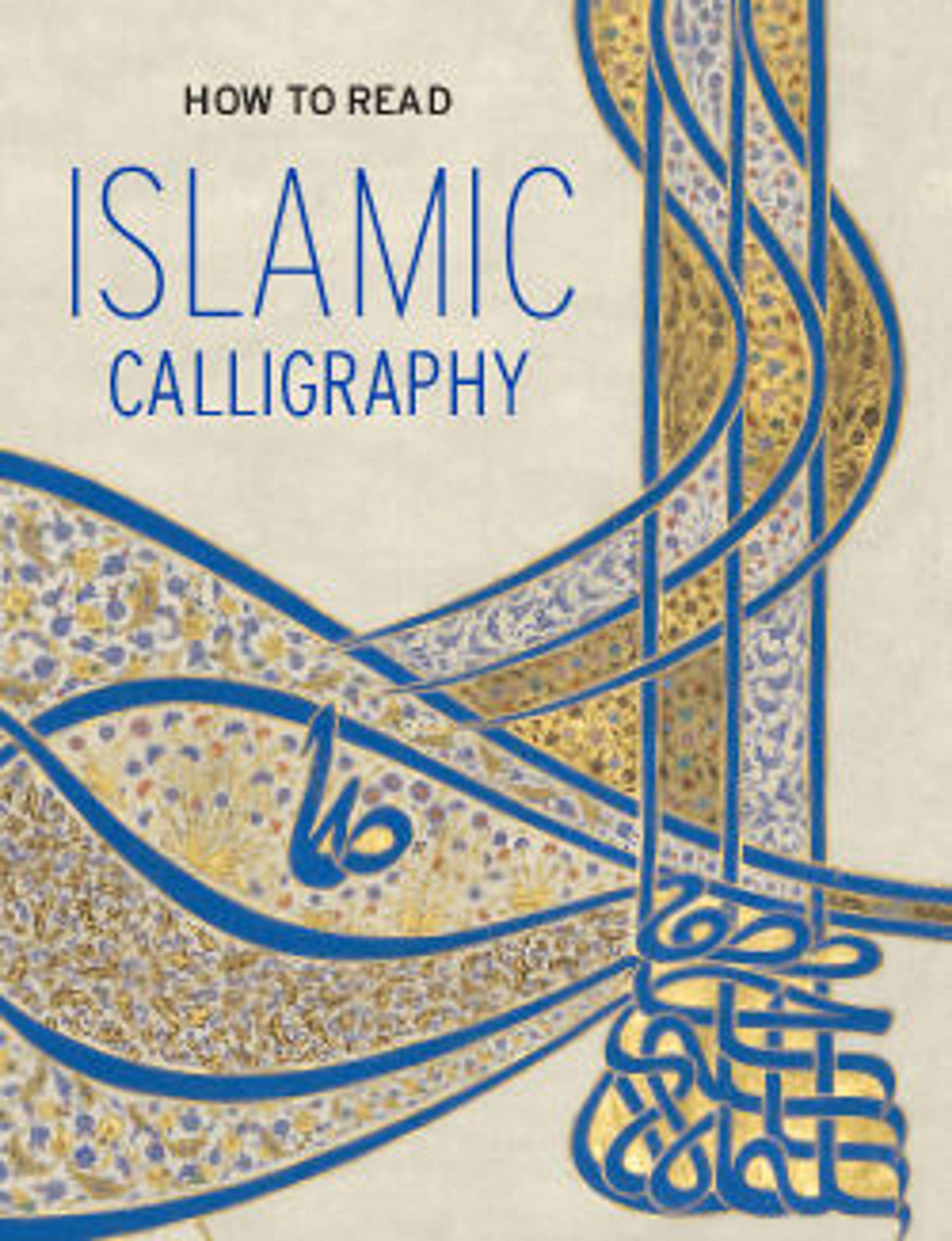Cup with a Poem on Wine
The decoration of this cup, with a calligraphic band at its rim and a vegetal scroll at its base, is rather austere in appearance, but the inscription, a verse in Arabic, celebrates the pleasures of drinking. The cup compares closely with items in a hoard of silver found in northwest Iran that has been associated with Buyid patronage.
Artwork Details
- Title:Cup with a Poem on Wine
- Poet:Ibn Sukkara al-Hashimi (d. A.H. 385/ 995–6 CE)
- Date:second half 10th–11th century
- Geography:Attributed to Iran
- Medium:Silver; fire-gilded, hammered, chased
- Dimensions:C
Wt. 6.3 oz. (178.6 g) - Classification:Metal
- Credit Line:Harris Brisbane Dick Fund, 1964
- Object Number:64.133.2
- Curatorial Department: Islamic Art
More Artwork
Research Resources
The Met provides unparalleled resources for research and welcomes an international community of students and scholars. The Met's Open Access API is where creators and researchers can connect to the The Met collection. Open Access data and public domain images are available for unrestricted commercial and noncommercial use without permission or fee.
To request images under copyright and other restrictions, please use this Image Request form.
Feedback
We continue to research and examine historical and cultural context for objects in The Met collection. If you have comments or questions about this object record, please contact us using the form below. The Museum looks forward to receiving your comments.
